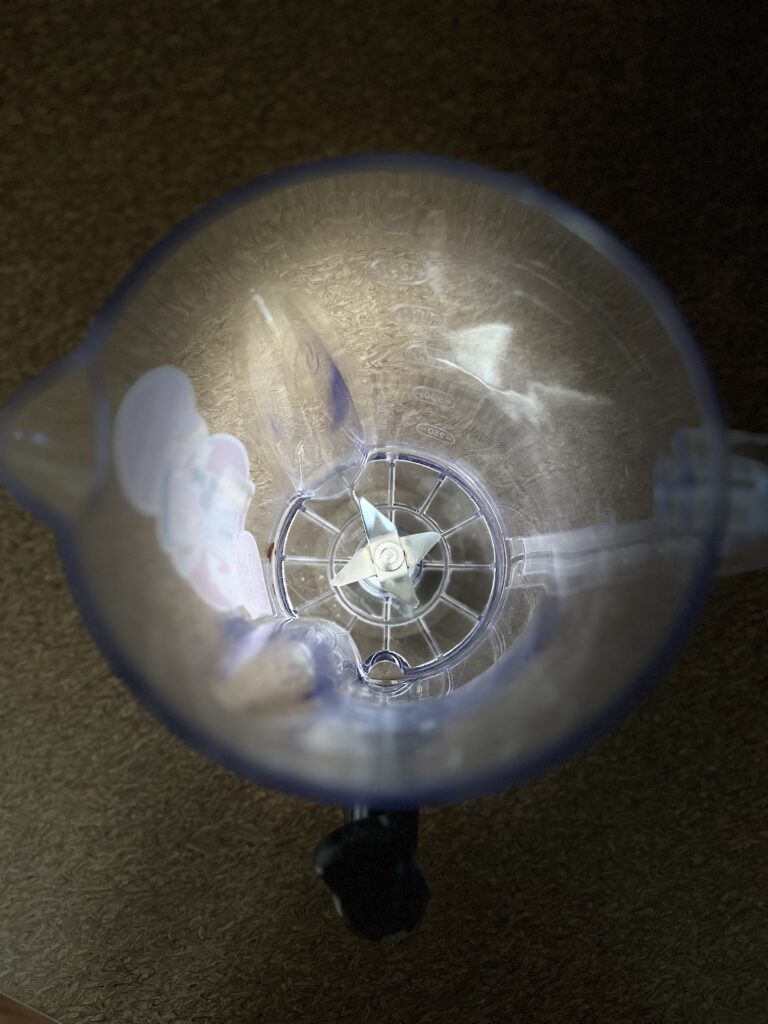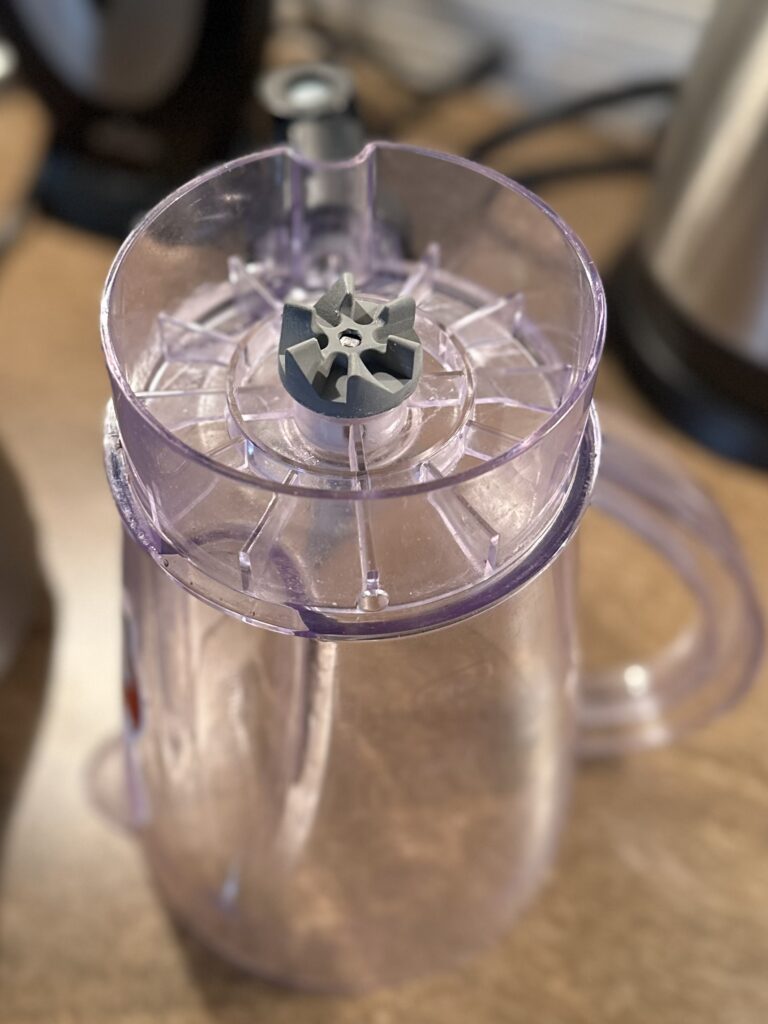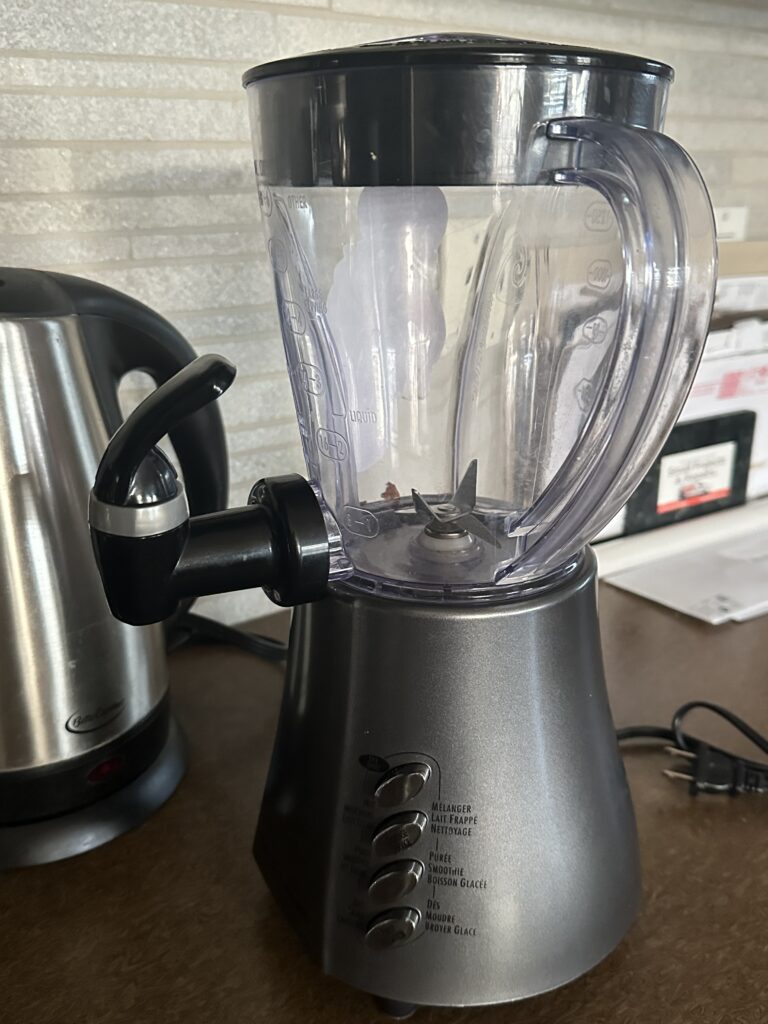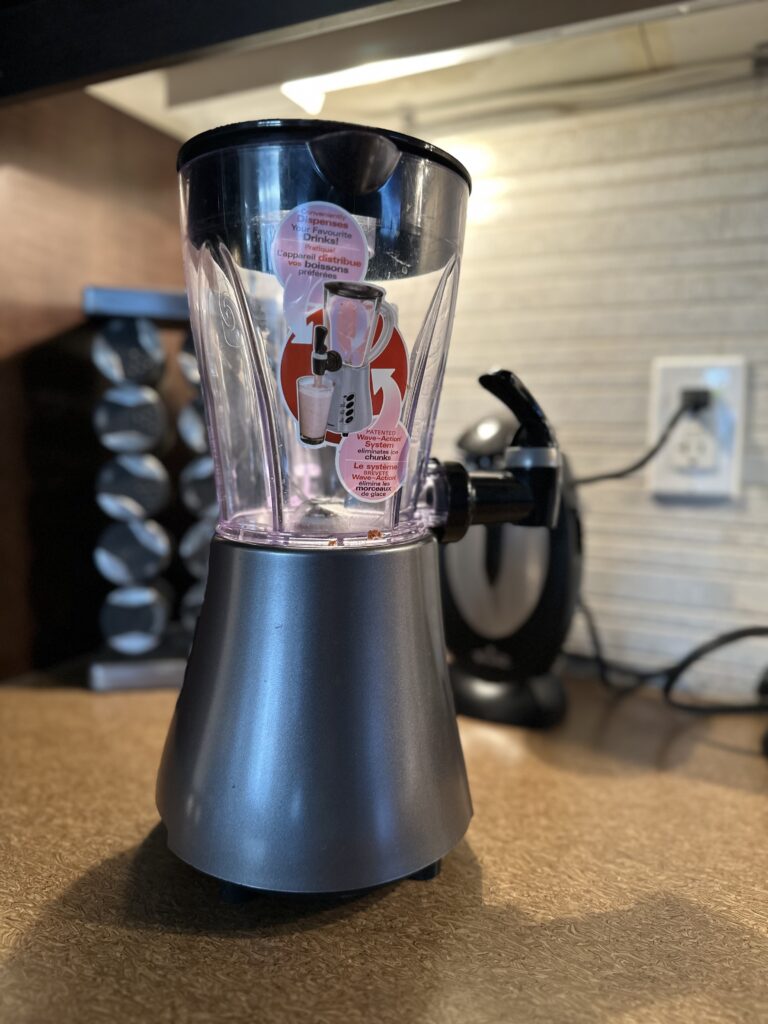If you’re experiencing issues with your blender, don’t worry! In this comprehensive troubleshooting guide, we’ll cover potential reasons why your blender may not be blending correctly, such as maintenance issues, improper use of equipment, or general wear and tear. We’ll provide detailed steps to troubleshoot and resolve each issue, complete with practical examples to help you get your blender back in action in no time.
Potential Reasons for Blender Issues
Some of the main reasons your blender may not be blending are:
- Dull or damaged blades
- Worn-out or damaged coupler
- Loose or damaged drive socket
- Overfilled blender jar
- Motor overheating
- Faulty power source or outlet
Troubleshooting Steps
Now that we have named the main reasons why your blender may not be blending, let us go through some troubleshooting methods with you. One of these should have your blender fired up in no time.
Issue 1: Dull or Damaged Blades

Solution: Inspect the blades for any signs of damage or wear. If the blades are dull or damaged, consider replacing them.
Issue 2: Worn-out or damaged coupler

Solution: Check the coupler (the part connecting the motor to the blade assembly) for wear or damage. If needed, replace the coupler according to the manufacturer’s instructions.
Issue 3: Loose or damaged drive socket

Solution: Inspect the drive socket (the part that connects the motor to the coupler) for looseness or damage. Tighten or replace the drive socket as necessary.
Issue 4: Overfilled Blender Jar

Solution: Ensure that you’re not overfilling the blender jar beyond its maximum capacity. Remove some ingredients if necessary, and blend in smaller batches.
Issue 5: Motor Overheating

Solution: Allow the blender to cool down for a few minutes before using it again. Ensure proper ventilation around the motor and avoid blending thick mixtures or ice for extended periods.
Issue 6: Faulty Power Source or Outlet

Solution: Check if the blender is properly plugged in, and try using a different power outlet. If the issue persists, consult a professional technician or contact the manufacturer for assistance.
Preventative Maintenance Tips
To keep your [blender brand/model] running smoothly, follow these maintenance tips:
- Clean your blender thoroughly after each use.
- Store the blender in a cool, dry place when not in use.
- Lubricate the motor periodically with a few drops of food-grade oil.
- Inspect the blades, coupler, and drive socket regularly, replacing them as needed.
- Refer to your blender’s user manual for specific guidelines on usage and maintenance.
Conclusion
By following this comprehensive troubleshooting guide, you’ll be able to identify and resolve common issues with your [blender brand/model]. With proper care and maintenance, your blender will continue to serve you well in the kitchen for years to come. If you’re ever unsure about how to address an issue or need further assistance, consult a professional technician or contact the manufacturer for support.
